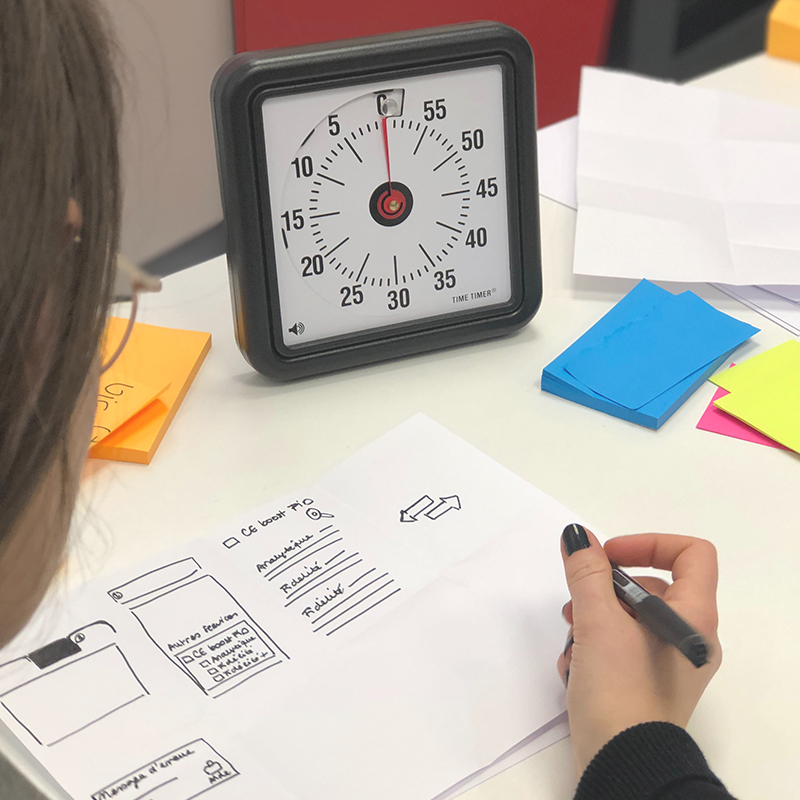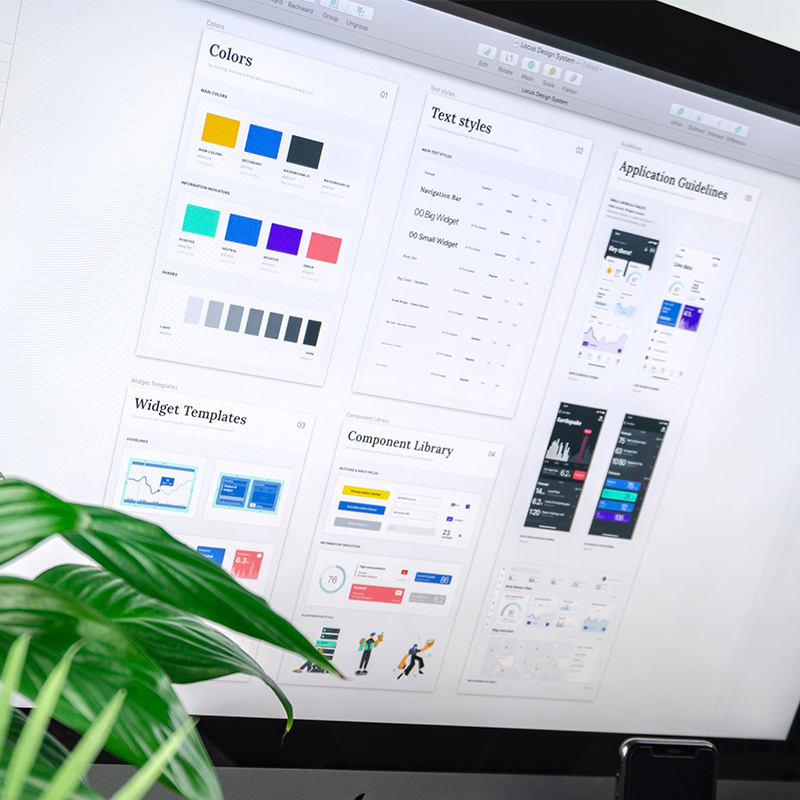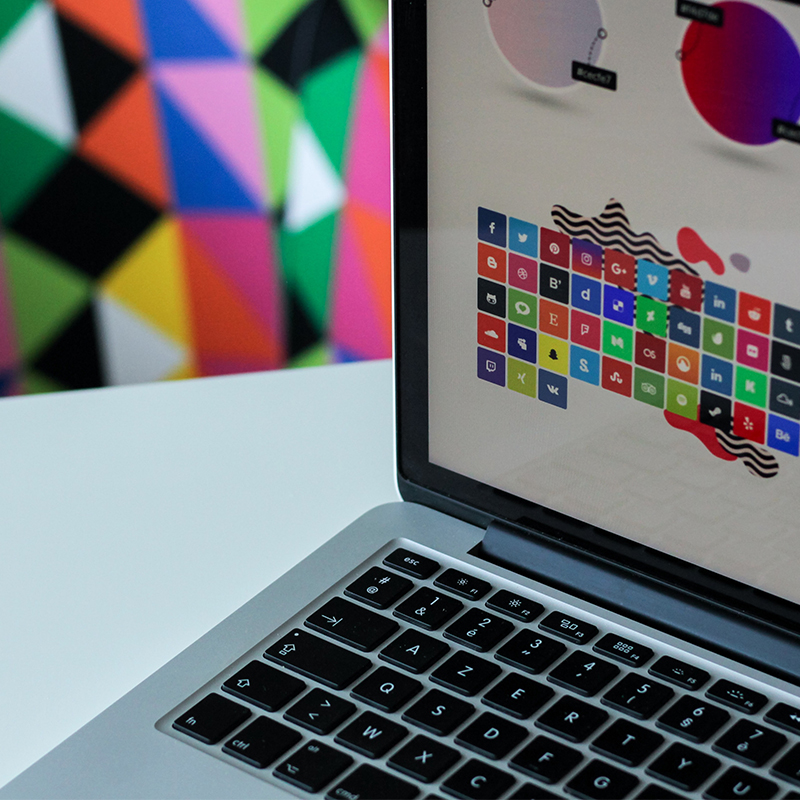Anyone who thinks of creativity as something so spontaneous and unruly that it can’t possibly be reduced to a few pages of text, needs to hear these two words: creative brief. Because in order to execute any creative project or campaign—at least to do it in an effective, professional way—you need a creative brief.
The creative brief is merely a breakdown of the content and strategy of any campaign or project. There are no rules for how a brief is structured—and many companies and agencies actually have their own formats—but the main point of it is to get all the parties involved on the same page, or two. That’s it. The brief usually contains the essentials of what everyone involved needs to know: a short project overview, key project challenges, a target audience, and channels for which the creative will be used.
As a freelancer or a small agency, a creative brief is key to have as a statement of work direction, an understanding of why the work is being done, and a suggested plan to get the best possible final result with the least amount of friction and misunderstanding. Here are some guidelines on how to create your own creative brief to use for clients for your own small agency or personal brand.

Project Overview
Your brief should include an overview of the entire project and a list of the objectives of the project or campaign. This portion of the brief serves as a beacon to guide the purpose of the project. Try to keep this to just a few sentences so that it can be easily communicated to other stakeholders and collaborators, including those who may not need to drill down into specific details. This is the first thing anyone looking at the brief will see—such as a subcontractor if you were to bring on somebody else to assist you with the project. If you’re expressing your client’s wishes for the project, make sure you articulate them as accurately and as concisely as you can since delivering on those wishes is the main objective.

Purpose of Project
This is where you describe the outcome you want to derive from your target audience, such as an increase in brand awareness via social media, traffic to a newly-designed website, or sales during a promotion with display advertising. As such, these factors can help drive the purpose and direction of the creative needs, and how a project’s success or failure might be measured.
If you are working for a client, you will need to listen to them and understand what they want to achieve with the campaign or project. Having a measurable purpose will give you a clear idea of which strategies are working and which ones are not, such as in the case of a digital marketing campaign where creative ad sets will be tested. It can also be used as a springboard to measure your effectiveness towards driving their goals and keep them on as a regular client.

Target Audience
This should be short, but also capture as much detail about a target audience as possible. The point of your product or campaign to reach your target audience, so you have to pay as much attention to those people and how to reach them as you can. This is a good place for any demographics, target audience perception of the brand, psychographics, approach to reaching the audience, and the future brand perception you want your audience to have after interacting with your product or campaign.

Context
Here you describe the background of the campaign or other deliverables. You need to place the creative brief in context properly and should include information such as ideas and events which you could use to improve brand awareness, how an audience views the brand, and opportunities to change it. This part of the brief would help you place the campaign in proper light for action. When working for a client, try to collect as much information in detail to use in this section. And be precise as possible.

Budget
Here’s where you should include all known details about the estimated budget for the campaign—including if subcontractors or other freelancers will be used to assist in creating. If possible, breakdown budget requirements by creative-type and promotion.

Deliverables and Timeline
While it may seem obvious, not everybody is on the same page when it comes to what is actually being handed over to a client once a project has been completed. Use this section to explicitly list everything that needs to be handed over with specific dates—and do your part to stick to them!
It is important to remember that these are only guidelines, and every organization or project will have its own specific needs. That said, using these as a springboard for crafting your own creative briefs can be the difference between a long-lasting client relationship or never getting a project off the ground.



